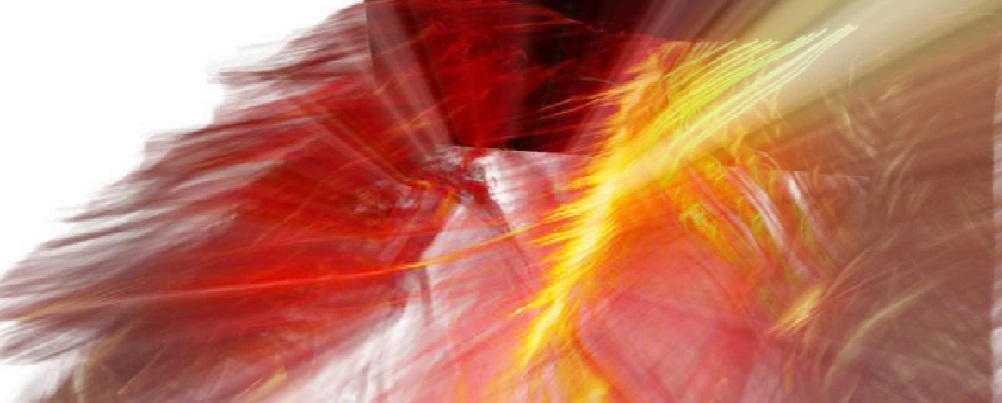About the project
In
the magnetized plasma, Current Sheets (CSs) are the sites at which
accumulated magnetic energy is released, often explosively, by magnetic
reconnection, heating the plasmas and accelerating charged particles to
high energies. CSs are the second - besides collisionless shock waves -
and most important sites of energy transformation and plasma
energization in the Universe. Despite that, a number of decisive
questions about the structure and stability of CSs (e.g., the role
of their ion composition, anisotropies and turbulence) are still
unanswered. While most of astrophysical CSs beyond the heliosphere are out-of reach for direct observations, the solar system CSs can be investigated in-situ by spacecraft. In planetary magnetotails as well as in the solar wind, CSs have recently been investigated by state-of-the art experiments that provided important statistical information for comparative investigations and modeling.
For decades, the structure, stability and consequences of instability of CSs have been considered within a pardigm of the equilibrium CS configurations in proton-electron plasmas with isotropic velocity space distributions of plasma particles. However, multipoint in situ observations in the Earth magnetotail provided by the CLUSTER satellites have revealed a multi-scale CS structure, in which a very thin current layer is embedded into thicker layers.
Such a configuration can be formed due to the presence of different ion species, the anisotropies of velocity distribution functions of particular plasma populations. This project is aimed at a comprehensive investigation of the impact of ion composition of plasma and particles on CS properties and related dynamical processes.
We study mechanisms of formation of very thin (of the order of electron kinetic scales) current layers embedded in the large scale layers. For this aim, we will use the wealth of data accumulated by in situ observations of CSs in the Earth magnetotail by multipoint CLUSTER and MMS mission allowing investigation of the 3D current structure at ion (CLUSTER) and electron (MMS) kinetic scales. Although the absolute parameters characterizing CSs in space plasmas are diverse, it appears that their physically relevant values, normalized to the local plasma conditions, are comparable. By using both spacecraft observations and kinetic modeling, we reveal the universality of kinetic mechanisms responsible for the formation of multiscale current structure, studing a structure of CSs in plasmas with various ion composition and possessing different thermal and energetic characteristics.
In particular, we focus on the investigation of the cross-tail CS structure in the magnetotail of induced Martian magnetosphere by using MAVEN observations, the CSs in the Hermean magnetotail (MESSENGER data) and the solar wind, using various spacecraft observations (STEREO A and B, WIND, ACE, ULYSSES, HELIOS 1 and 2, CASSINI, VOYAGER 1 and 2) in different regions of the heliosphere. We apply analytical and numerical models of the structure and stability of CSs and investigate their instability towards reconnection.
Numerical simulations include: test-particle investigations as well as self-consistent kinetic hybrid- and Particle-in-Cell (PIC)-code simulations. For investigation of mechanisms of multiscale CS formation the self-consistent profiles of spatial distribution of the magnetic field and electric current density will be obtained for the plasma conditions typical for the CS in planetary magnetotails (Earth, Mars, Mercury) and in solar wind. The modeling profiles will be compared with observations. For investigation of the processes of energy transformation in the CSs and for the comparison with space observations our derivations will include predictions of properties of the turbulence and the acceleration of particles due to CS instabilities and reconnection comparing the conditions in the magnetospheres of Earth, Mars and in the solar wind. The results of these studies can allow to solve the reverse task: to reconstruct spatio-temporal and electromagnetic characteristics of CSs by using the observation of evolution of plasma particle energy spectra and velocity distributions observations. The results of our investigations will also lead to predictions of observables for the BepiColombo mission successfully launched to Mercury in October 2018.
